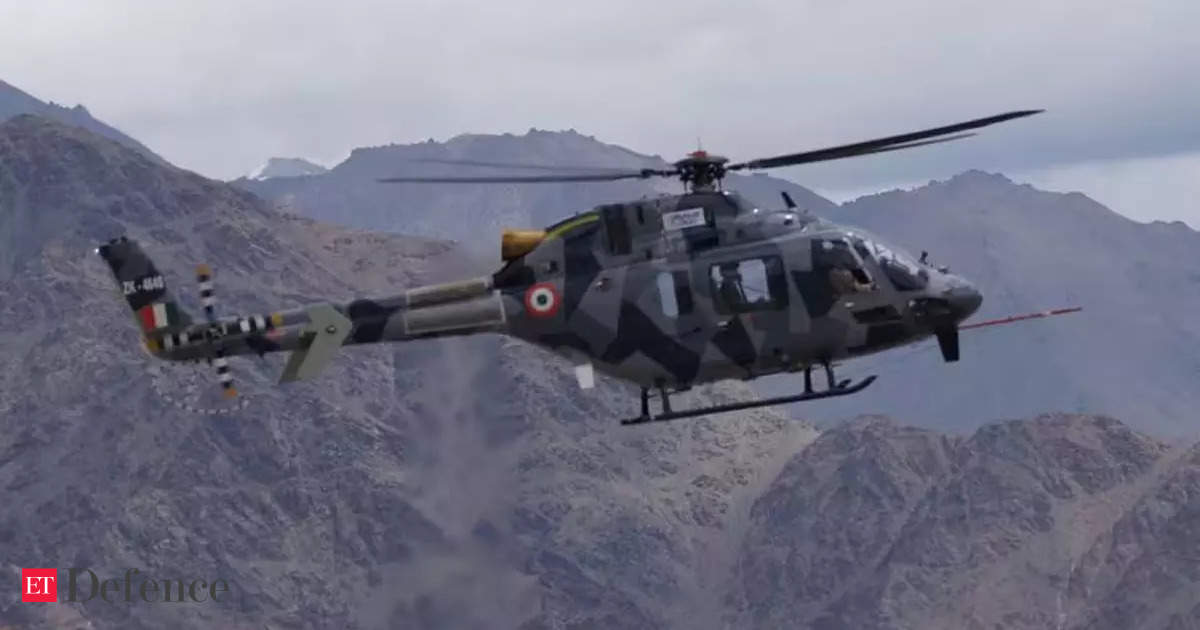The Indian Army is exploring the possibility of leasing helicopters to replace its ageing fleet. This decision is part of the Army’s efforts to find cost-effective ways to modernize its equipment and ensure operational efficiency. By leasing choppers, the Army can bridge the capability gap until it procures new helicopters in the future.
The Army’s current fleet of helicopters, which includes medium-lift helicopters like the Cheetah and Chetak, has been in service for several decades. These helicopters are increasingly becoming technologically obsolete and require regular maintenance. The limited availability of spare parts and difficulties in upgrading the aging fleet have prompted the Army to consider leasing options.
Leasing helicopters has several advantages for the Army. Firstly, it provides a temporary solution to replace the aging fleet while the procurement process for new helicopters is underway. This ensures that the Army’s operational capabilities are not significantly affected during the transition period. Leasing also allows the Army to have access to modern and technologically advanced helicopters without making a substantial upfront investment.
Moreover, leasing choppers can be a flexible option for the Army as it can choose the duration of the lease based on its operational requirements. This allows the Army to adapt to changing operational needs and upgrade its fleet as necessary. Leasing also provides the Army with an opportunity to test different types and models of helicopters before making a long-term procurement commitment.
However, there are certain challenges and considerations that the Army needs to address while leasing helicopters. One of the key concerns is the availability and cost of leasing contracts. The Army would need to negotiate favorable terms and conditions with leasing companies to ensure cost-effectiveness and operational viability.
Another challenge is the training and maintenance of leased helicopters. The Army would have to develop the necessary infrastructure and expertise to handle and maintain the leased choppers. This would require training of personnel in new technologies and establishing a support system for regular maintenance and repair.
In conclusion, the Indian Army’s plan to lease helicopters to replace its aging fleet is a strategic move to modernize its equipment in a cost-effective manner. This initiative will provide the Army with a temporary solution until new helicopters are procured. By leasing choppers, the Army can ensure operational efficiency and bridge the capability gap, while also exploring the opportunity to test and evaluate different helicopter models. However, careful consideration and planning are required to address challenges related to leasing contracts, training, and maintenance.











